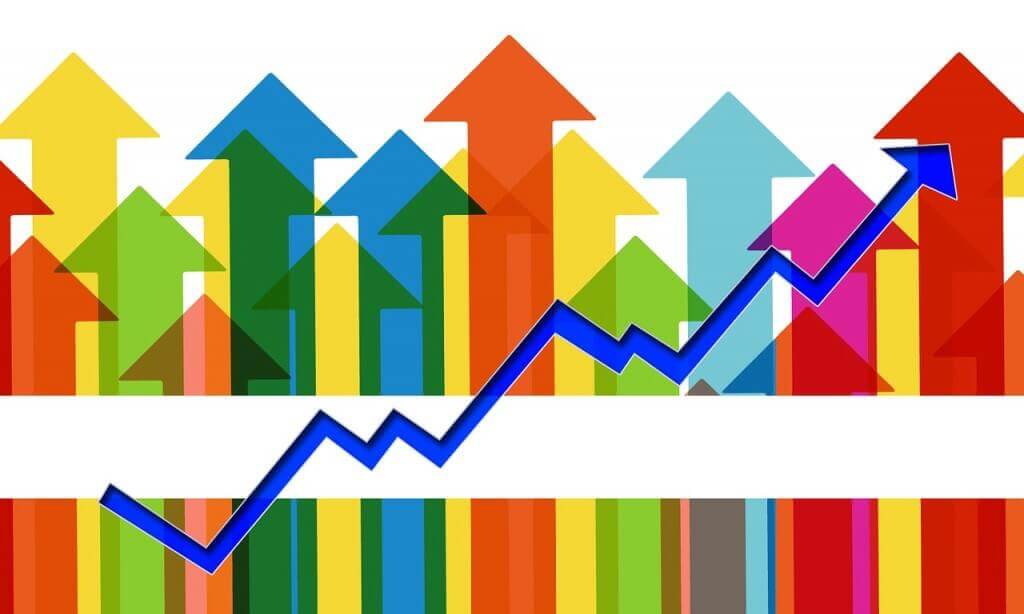
Many hotels still manage revenue, pricing and forecasting by relying heavily on spreadsheets and reports. But at a time where internet distribution is at an all-time high – and potential customers are shopping hotel rates directly from their iPads – it’s clear that spreadsheets are no longer enough.
Revenue management technology and the market relevant data needed to sustain an optimal revenue strategy can be overwhelming. In fact, most hoteliers today are faced with the problem of figuring out what data they should be incorporating into their revenue strategy and often find themselves relying on revenue management technologies that still struggle to deliver meaningful outputs.
One aspect of the relevant data most hotels look at is their competitive rate shopping tool. Competitive pricing data has become one of the top necessities for developing intelligent pricing strategies.
How are hotels using this technology and its competitive intelligence?
Some hotels choose to play “follow the leader”, causing them to lose out on critical revenue, while others lose out because their technology can’t make the best use out of their market data. A hotel’s ideal pricing is one that can incorporate their competitive market intelligence for a well-balanced and comprehensive pricing strategy.
When it comes to working with your technology and competitive pricing intelligence, here are three questions to help your hotel elevate its ideal strategy:
How is your hotel affected by competitive pricing?
Price is important in determining hotel demand – and serves an essential role in a hotel’s revenue strategy. Specifically, how is your hotel impacted by your competitors’ price points? A competitor’s price can influence your hotel’s demand either directly or indirectly.
For example, changes to a competitor’s price may indicate an intent to steal market share from your hotel, which could directly impact your demand as potential guests shop for the lowest rates.
Read rest of the article at Tnooz




